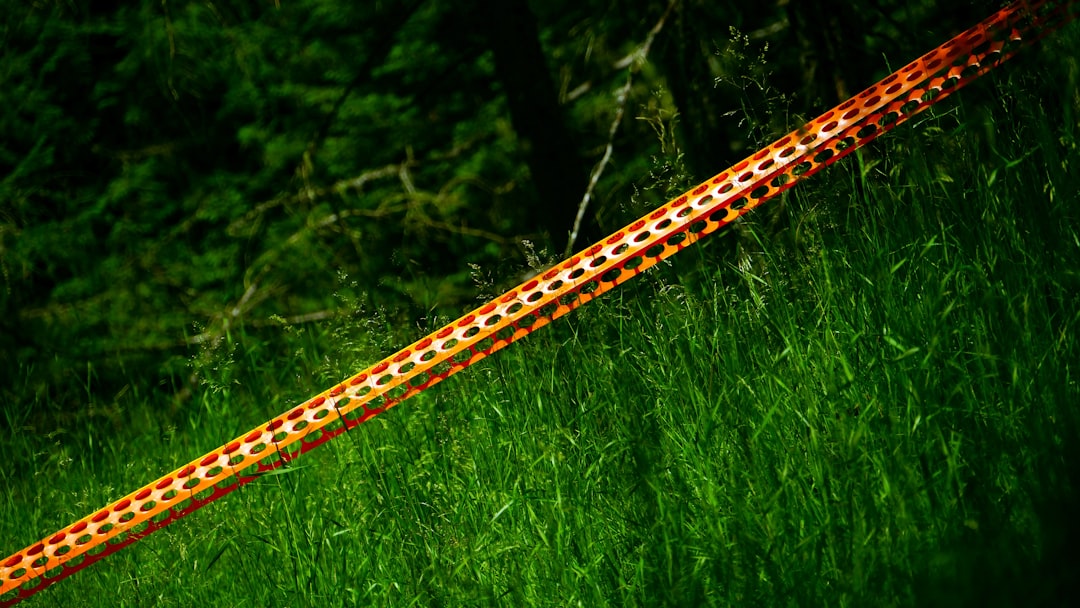Hot rolled flat bars are a ubiquitous material in various industries, providing a robust and versatile solution for a wide range of applications. Understanding their properties and manufacturing process is crucial for selecting the right material for your specific needs. This comprehensive guide will delve into the intricacies of hot rolled flat bars, providing a detailed overview of their characteristics and uses.
The Manufacturing Process of Hot Rolled Flat Bars
The creation of hot rolled flat bars begins with the heating of steel to a high temperature, typically above its recrystallization temperature. This elevated temperature significantly reduces the steel’s yield strength, making it malleable and easily shaped. The heated steel is then passed through a series of rollers, progressively reducing its thickness and shaping it into a flat bar. This process, known as hot rolling, imparts several key characteristics to the final product. The high temperature allows for significant deformation without fracturing, leading to a more efficient and cost-effective process compared to cold rolling. The final dimensions are achieved through carefully controlled passes through the rolling mill. After rolling, the bars undergo a controlled cooling process, which influences their final microstructure and properties. The entire process is a continuous flow, from the initial heating to the final cutting and stacking of the finished product.
Mechanical Properties and Composition of Hot Rolled Flat Bars
The mechanical properties of hot rolled flat bars are largely determined by the steel grade used. Common steel grades include mild steel, medium carbon steel, and high carbon steel, each possessing different strength, ductility, and hardness characteristics. Mild steel, for instance, offers good weldability and formability, making it suitable for applications where ease of fabrication is paramount. Medium carbon steel provides a balance between strength and ductility, while high carbon steel offers superior strength but reduced ductility. The chemical composition of the steel, including the precise ratios of carbon, manganese, silicon, and other alloying elements, significantly impacts the final properties. These properties are crucial for determining the suitability of the bar for a particular application. Detailed specifications, often provided by the manufacturer, describe the exact chemical composition and mechanical properties of each batch of hot rolled flat bars.
Common Applications of Hot Rolled Flat Bars
The versatility of hot rolled flat bars makes them suitable for a wide array of applications across diverse industries. In construction, they are used as reinforcement bars in concrete structures, providing tensile strength and stability. In the manufacturing sector, they serve as raw material for the production of various components, including machinery parts, automotive parts, and structural elements. They are also commonly used in the fabrication of railings, fences, and other structural elements. The specific application depends heavily on the chosen steel grade and the required mechanical properties. For example, high-strength steel bars are preferred in applications requiring high load-bearing capacity, while mild steel bars are suitable for applications where weldability and formability are crucial.
Advantages and Disadvantages of Hot Rolled Flat Bars
Hot rolled flat bars offer several advantages, including their cost-effectiveness compared to cold-rolled counterparts. The high-temperature processing allows for higher production rates and lower energy consumption. They also exhibit good strength and toughness, making them suitable for various applications. However, they also have some disadvantages. Their surface finish is generally rougher than cold-rolled bars, which may require further processing for specific applications. The higher temperature processing can also lead to some dimensional inconsistencies compared to cold-rolled bars. These factors should be considered when selecting the appropriate material for a given project. The precise advantages and disadvantages need to be weighed against the specific requirements of the application.
Selecting the Right Hot Rolled Flat Bar: A Guide to Specifications
Choosing the correct hot rolled flat bar requires careful consideration of several factors. Firstly, the required mechanical properties, such as tensile strength, yield strength, and elongation, must be carefully evaluated based on the application. Secondly, the desired dimensions, including thickness, width, and length, are crucial for proper fit and function. Thirdly, the surface finish requirements should be determined, as this can influence the need for further processing. Finally, the steel grade should be selected based on the desired balance of strength, ductility, weldability, and cost. Understanding these specifications is essential for selecting the optimal hot rolled flat bar for a particular application and ensuring its successful implementation.
Understanding the nuances of hot rolled flat bars is essential for engineers, fabricators, and anyone involved in material selection. This detailed guide provides a comprehensive overview of their properties, manufacturing, and applications, empowering you to make informed decisions for your projects.




